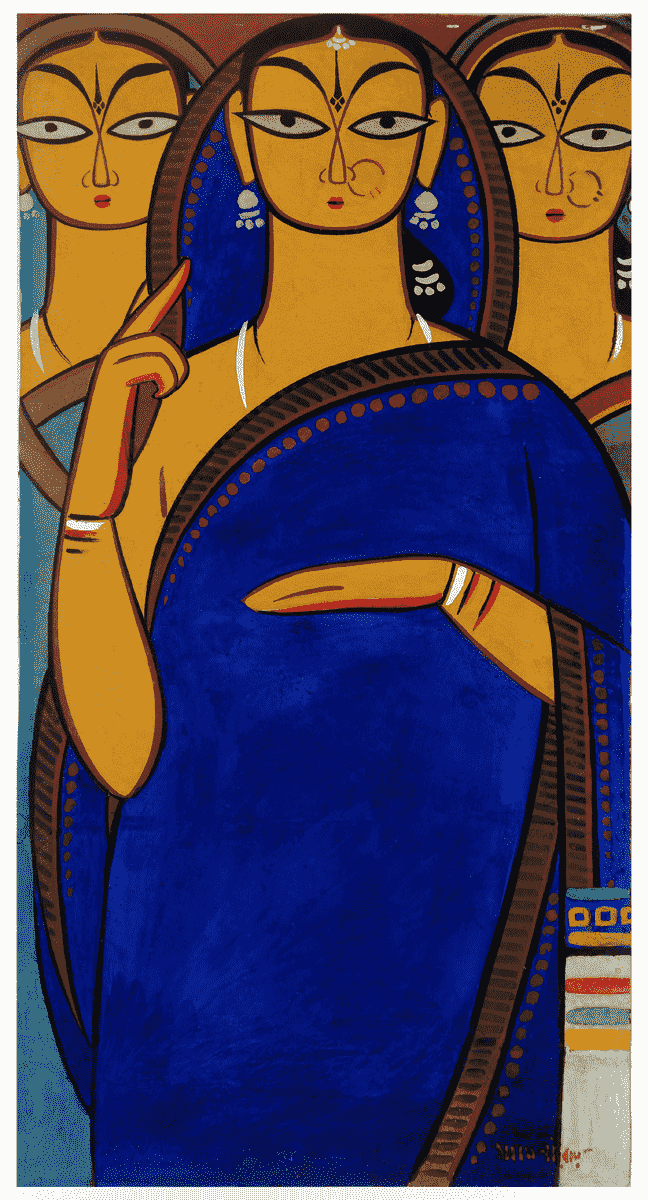When a retrospective of Jamini Roy opened in Bombay in 1980, art historian Yashodhara Dalmia wrote in The Times of India about his lifelong search for an authentic Indian form, deeming him the ‘first contemporary painter’. Moving away from academic realism, Roy drew on Bengal’s folk and tribal traditions to create a new visual language that was both modern and rooted in shared cultural sensibility.
For in his attempts to search for the roots of his existence, Jamini Roy was the first contemporary painter. Many others were to follow suit. The abstractions of his forms are not those which speak of a 'pure spirit' detached from any material reality. Rather it was an attempt in discovering an Indian sensibility, a commonness of feeling which alone could synthesize the chaos of the external world...A new school was developing of which Jamini Roy was the first harbinger.
— Yashodhara Dalmia, The Times of India, 28 Sept 1980
Please refer to the full article here: The Many Faces of Jamini Roy" by Yashodhara Dalmia.

Jamini Roy, Three Pujarins, Circa 1940, Tempera on paper.